Popular vlogging cameras for hassle-free video capture.
Whether you're just starting out or already a pro, having the right vlogging camera can make all the difference in the quality of your videos.
Remember to consider factors like front-facing display, weight, video quality, and audio capabilities while finding the perfect video camera for YouTube bloggers.
There are many great cameras for travel vlogging ranging from action cameras under $100 to DLSRs. The last ones provide maximum flexibility while shooting and are great if you want to get a beautiful picture, but they are difficult to master for beginners and require a lot of skills.
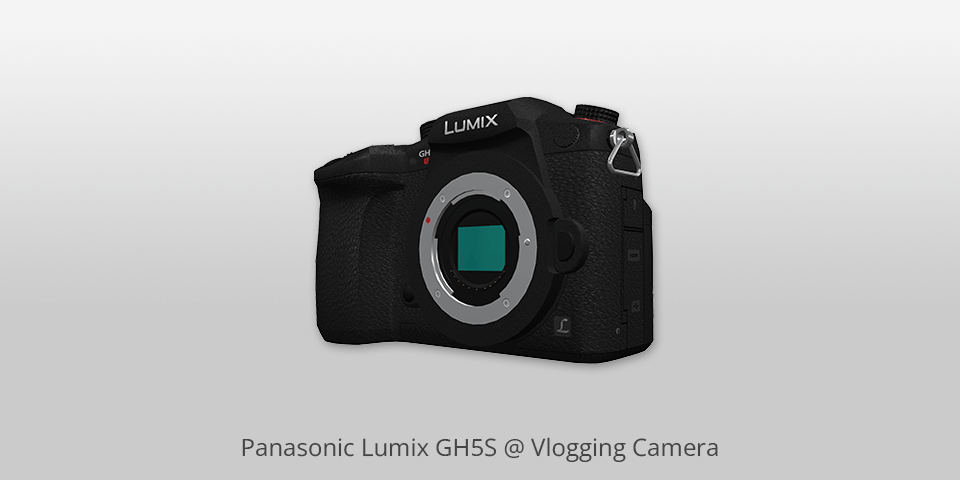
Type: Mirrorless | Max video resolution: 4K | AF points: 225 | Connectivity: Wi-Fi, Bluetooth
One of the standout features of this Panasonic camera is its dual SD card slots. This is a game-changer for vloggers because it means you can keep recording even when one of the cards fills up. No more interruptions or missed shots!
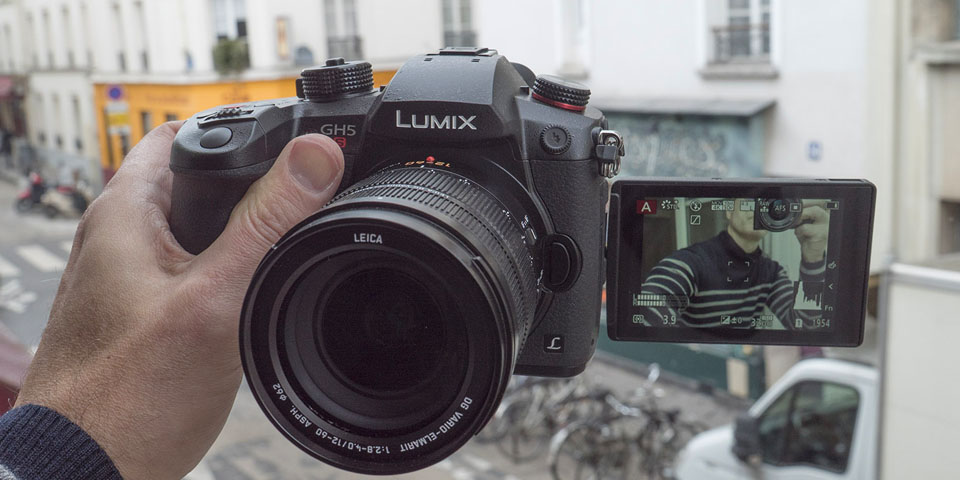
Additionally, the face detection autofocus makes it incredibly easy to film yourself in a first-person perspective. It takes the guesswork out of focusing and ensures you're always in sharp focus.
While the GH5S has received high praise, there have been some reports of overheating during prolonged video recording. This is something to keep in mind, especially if you plan on shooting extensively in hot environments.

Type: Compact | Max video resolution: 4K | AF points: 31 | Connectivity: Wi-Fi
One of the standout features of this Canon camera for video is the touch-sensitive screen that can flip upwards for vlogging and selfies. It's also great for shooting vertical 9:16 movies for Instagram Stories and similar apps. Plus, it allows you to live stream directly to YouTube, which is a game-changer for content creators.
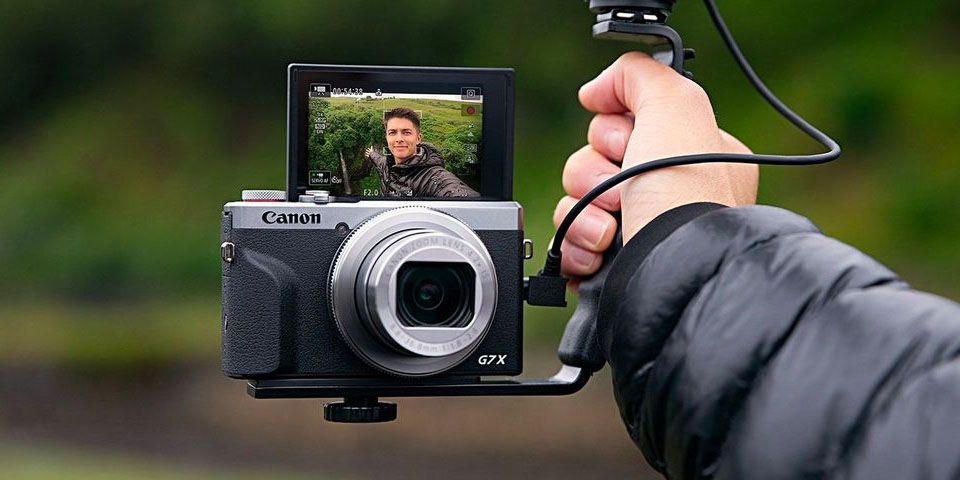
I also appreciate that Canon added a 3.5mm mic input to this vlogging camera. As a vlogger, good audio quality is a must, and having the option to connect an external microphone is a huge advantage. It really helps to improve the overall production value of your videos.
Now, let's talk about some downsides and problems I've encountered with the G7 X Mark III. Firstly, I was a bit disappointed to find out that it doesn't have 24fps video, which would have been useful for slow-motion shots.
Additionally, when shooting 4K continuously, the camera tends to overheat quite quickly, so you'll have to record in short bursts.
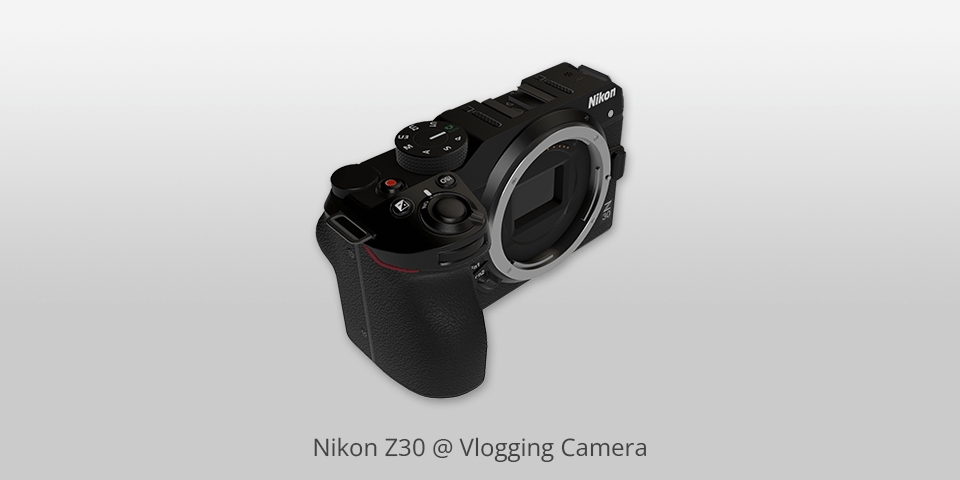
Type: Mirrorless | Max video resolution: 4K | AF points: 209 | Connectivity: Wi-Fi, USB
This video camera is specifically designed with vloggers in mind. It has a flip-out screen, which is essential for getting those perfect selfie shots. And let me tell you, the 4K video quality is absolutely stunning. It really takes your vlogs to the next level.

One thing I love about this camera is the fact that it has 125 minutes of continuous recording. That's right, you can vlog for over two hours without worrying about running out of battery or storage space. Plus, it has a range of useful video settings that allow you to customize your footage to your liking.
Now, let's talk about the disadvantages of using the Nikon Z30 as camera for vlogging. One thing that I found disappointing is the lack of an electronic viewfinder. It can make it a bit difficult to monitor your shots, especially when you're recording on location. And there's also no headphone jack, so it can be tricky to monitor your audio as well.
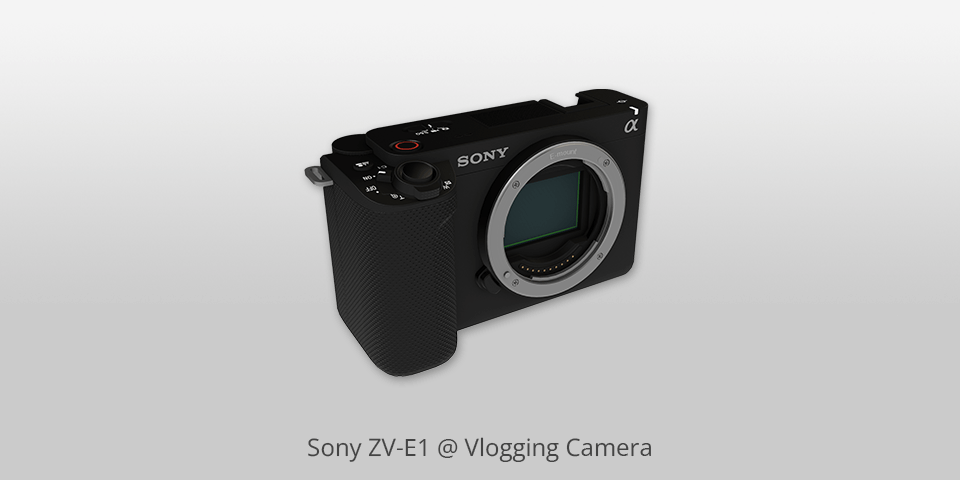
Type: Mirrorless | Max video resolution: 4K | AF points: 759 | Connectivity: Wi-Fi, USB
One of the standout features of the ZV-E1 is its subject recognition technology, which acts as a framing stabilizer. This means that even if you're moving around, the camera will keep you in focus and ensure a stable shot. It's a game-changer for vloggers who are constantly on the move.
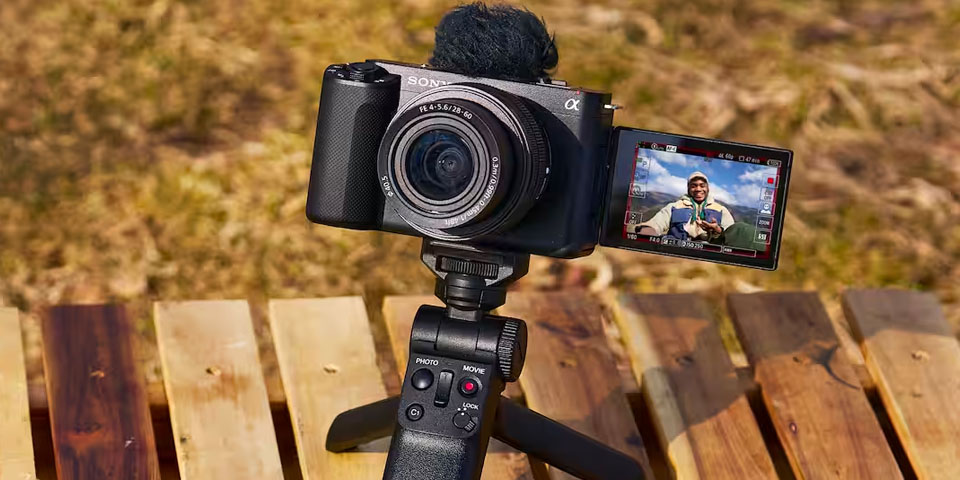
Being one of the best Sony cameras for video, the ZV-E1 also boasts impressive video quality. It can record high-quality 4K video with 10-bit 4:2:2 recording and all-intra compression.
Plus, it has the same CMOS sensor found in the A7S III, which gives it a claimed 15 stops of dynamic range. This means your footage will look stunning with great detail and color accuracy.
Now, let's move on to the disadvantages. One major drawback is the lack of a viewfinder. While this may not be a deal-breaker for everyone, it can be a bit inconvenient if you're used to framing your shots using a viewfinder. However, considering that this camera for travel vlogging is designed for creators to use themselves, it does make sense.
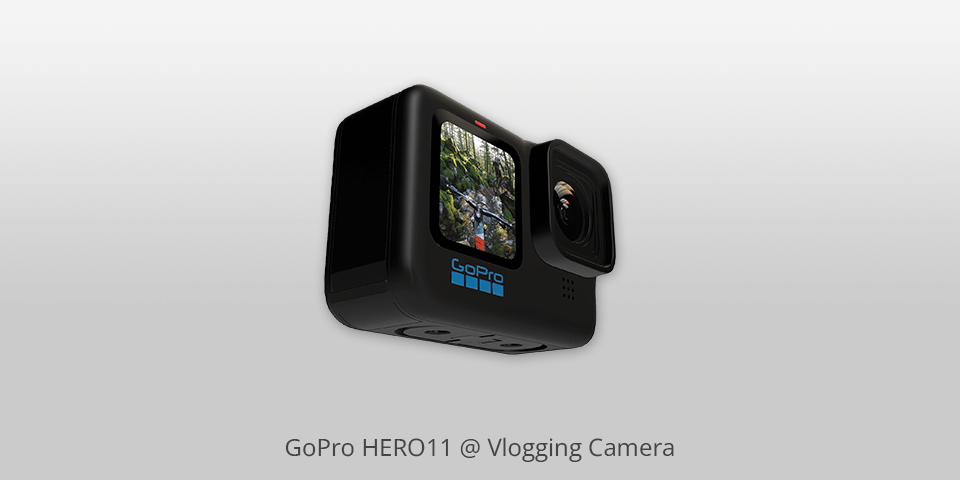
Type: Action | Max video resolution: 5.3K | AF points: 51 | Connectivity: USB
One of the biggest advantages of the HERO11 is its versatility. It's compact and lightweight, making it super easy to carry around and use in various situations. Whether you're vlogging on the go, capturing your adventures underwater, or even in the air, this GoPro camera can handle it all. Plus, it's waterproof up to 33 feet, so you can take it with you on all your water-based escapades.
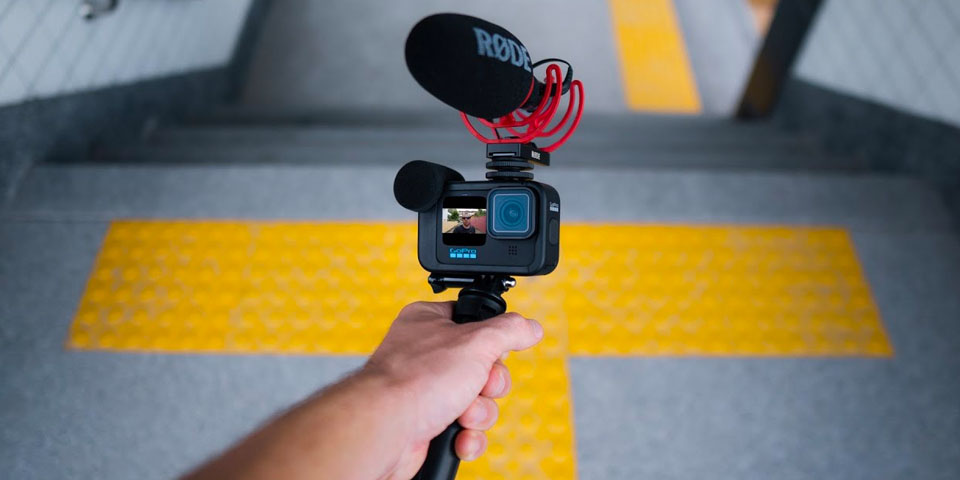
Another advantage is the camera's impressive video quality. With its larger sensor, you get a more immersive field of view and stunning 10-bit color. It can record 5.3K video at 60fps, 4K at 120fps, and even 2.7K at 240fps for those awesome slow-motion shots.
One of the main disadvantages of the HERO11 is its price. It is on the higher end of the spectrum when it comes to vlogging cameras, so it may not be the most budget-friendly option out there. However, if you're serious about your vlogging game and want top-notch quality, it might be worth the investment.

Type: Mirrorless | Max video resolution: 4K | AF points: 425 | Connectivity: Wi-Fi, HDMI
One of the biggest advantages of the A6600 is its price. It offers great value for money, considering its compact size and the quality of video recording it provides. The flippy screen is super handy for vloggers, and the camera itself is really easy to use. It even has a high frame rate and 4K video recording capabilities, so you can capture stunning footage.
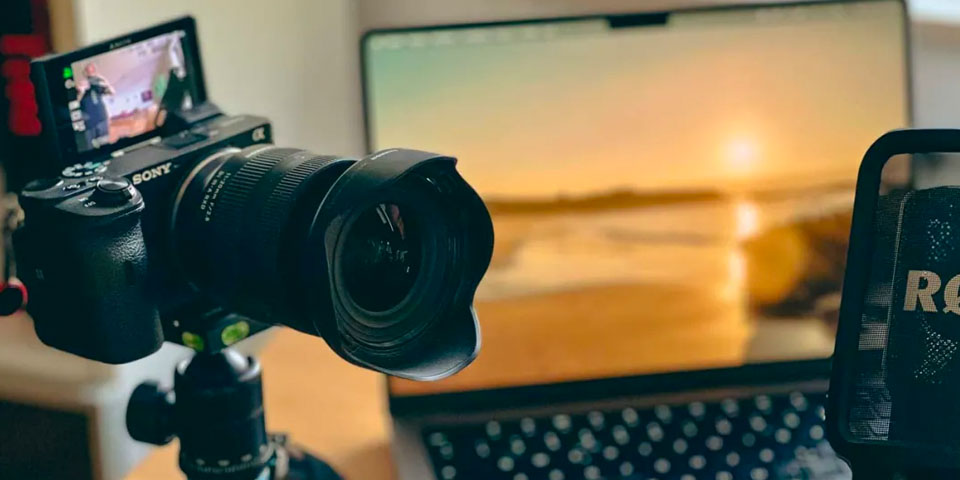
Another advantage is its fast and accurate autofocus. You won't have to worry about blurry shots with this vlog camera. It also has an HDMI port, which is important for vloggers who need to connect to external devices. And despite being a bit heavier than other mirrorless cameras in its price range, it still fits comfortably in your hand and feels sturdy.
But it has a slow startup time, which can be frustrating when you're in a hurry to start shooting. And the battery life isn't the best, so if you're shooting for long periods, you might find yourself running out of juice quickly.

Type: Action | Max video resolution: 4K | AF points: 25 | Connectivity: Wi-Fi, Bluetooth
DJI Pocket 2 is an incredibly compact and lightweight camera for vlogging, making it super easy to carry around. Plus, it comes with a tripod base and a Do-It-All handle, so you have some versatility when it comes to shooting.
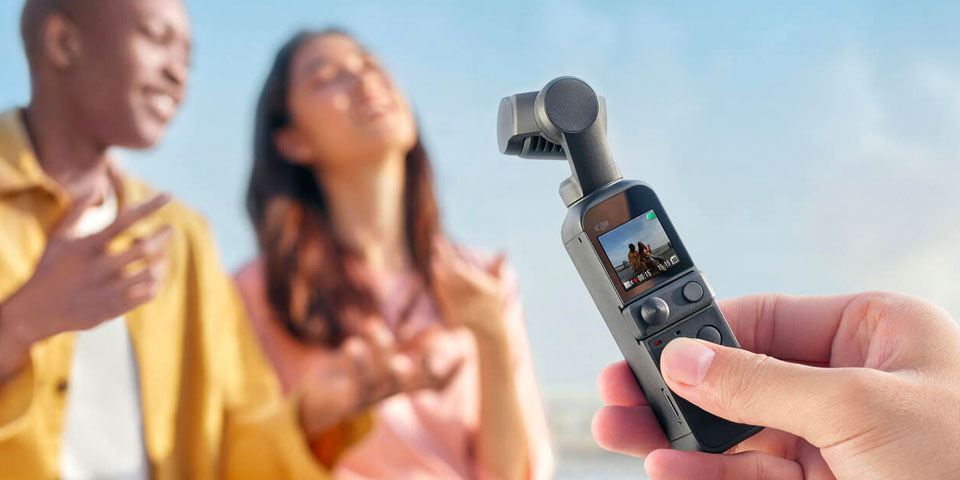
The camera itself packs a punch. It can record in 4K, has a three-axis gimbal for amazing stabilization, and a powerful processor that ensures smooth performance.
Seriously, the stabilization on this thing is top-notch. Whether you're vlogging or implementing dynamic YouTube video ideas, the Pocket 2 keeps your footage steady and free from those annoying shakes.
One issue I found is that the audio quality could be better. While it does have a built-in microphone, it's not the best in terms of capturing clear sound.
However, to maximize the potential of your vlogs shot with the DJI Pocket 2, it's essential to pair it with the best vlog editing software. With the right program, you can enhance your videos, add transitions, overlay music, and improve the overall audio quality, compensating for the Pocket 2's built-in microphone limitations. Another thing to note is that the battery life is not the greatest. It's a bit on the shorter side, so you might need to carry around some extra batteries if you're planning on shooting for an extended period of time.

Type: Mirrorless | Max video resolution: 4K | AF points: 651 | Connectivity: Wi-Fi, Bluetooth
One thing that really stood out to me is the swiveling touchscreen interface. It makes navigating through the settings and menus super easy, especially when you're shooting on the go. The electronic viewfinder of this low light video camera is also a great addition, providing a clear and accurate framing experience.
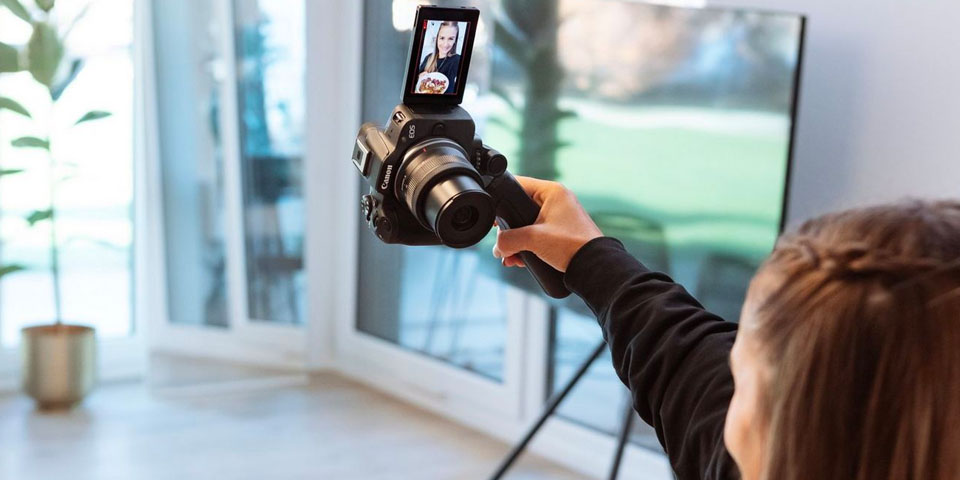
Another advantage is the razor-sharp 4K video recording capability. The footage I captured with this vlog camera was incredibly detailed and vibrant. Plus, the autofocus system is impressive. It can be trained to focus on people, animals, and even cars. It's a handy feature for vloggers who are constantly on the move.
One issue I found is the battery life. Another downside is the limited widest lens option. The RF 16mm f/2 lens, which has a full-frame equivalent focal length of 26mm, may not be wide enough for some vloggers who prefer a wider perspective. So, keep that in mind if you're into capturing those epic wide-angle shots.
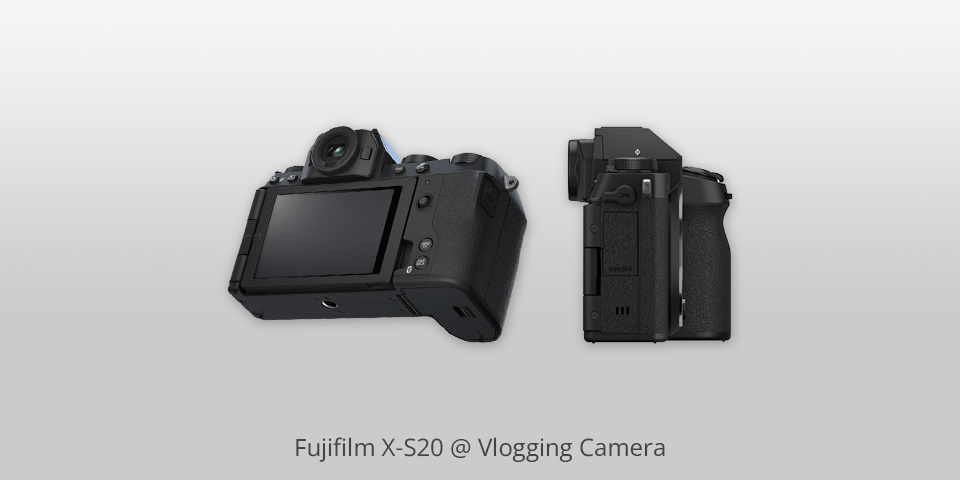
Type: Mirrorless | Max video resolution: 6.2K | AF points: 425 | Connectivity: Wi-Fi, Bluetooth
The X-S20 has all the familiar X-series dials and buttons, making it easy to navigate. But what sets it apart is the 'Vlog mode'. This mode is a game-changer for us vloggers, as it allows us to make quick settings changes with just a press of a button. It's super convenient and saves us a ton of time.
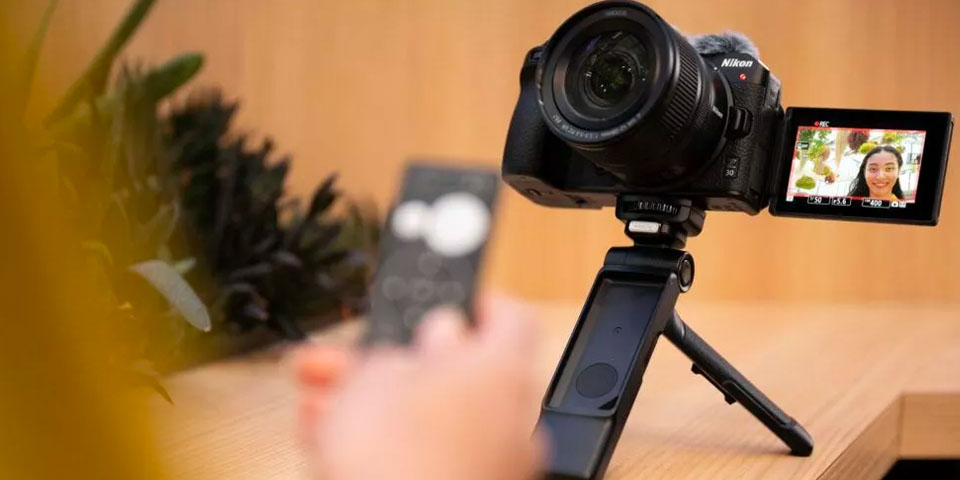
Being one of the best Fujiflm cameras, it can record 6.2K video at 30p, which is incredible. Plus, it offers a range of film simulation modes and background defocus options to help us achieve the desired look for videos. And if audio is important to you, it has a 3.5mm microphone jack and headphone jack for next-level audio quality.
But as with any camera for travel vlogging, there are a few downsides. Some users have reported that the battery life could be improved. While it does have an improved battery life, it may not last as long as some other cameras on the market. And although it has a built-in flash, it may not be as powerful as external flashes for low-light conditions.
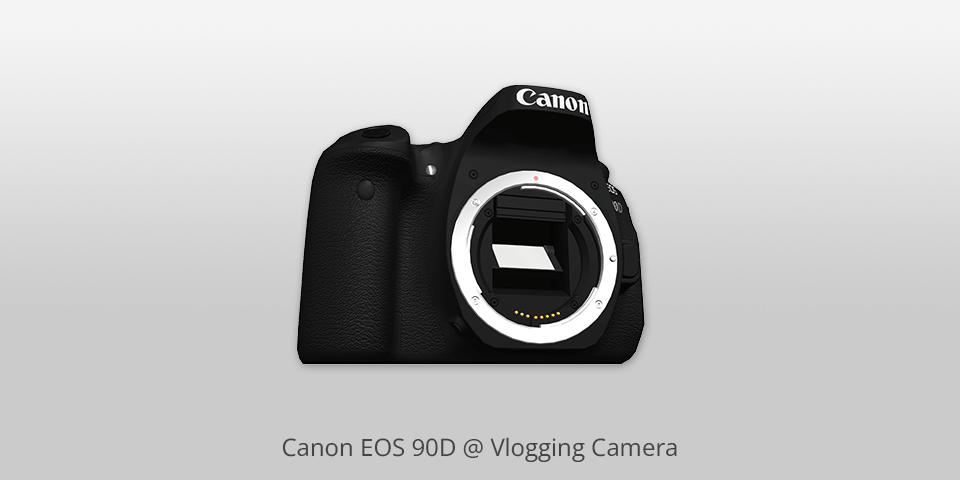
Type: DSLR | Max video resolution: 4K | AF points: 45 | Connectivity: Wi-Fi, Bluetooth
Canon EOS 90D is a great choice for vloggers who prioritize high-quality video and excellent low-light performance. The autofocus system is powerful, allowing for precise tracking of faces and eyes, ensuring clear and sharp video footage. The large flip-screen is perfect for vlogging and recording selfies.
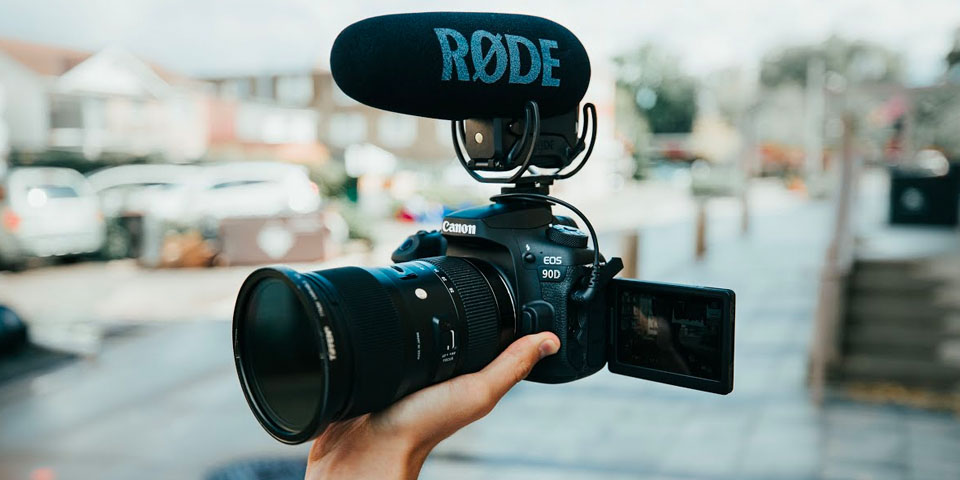
Additionally, the Canon EOS 90D has a built-in flash that comes in handy for lighting up darker scenes, which is a nice feature to have. It also boasts a high-resolution sensor that can shoot 4K videos with no crop, giving you the best possible video quality.
One major downside is that it only has one memory card slot, which can be a bit limiting if you plan on using the camera for extended periods of time. Another disadvantage is that this DSLR camera for video does not support USB charging.
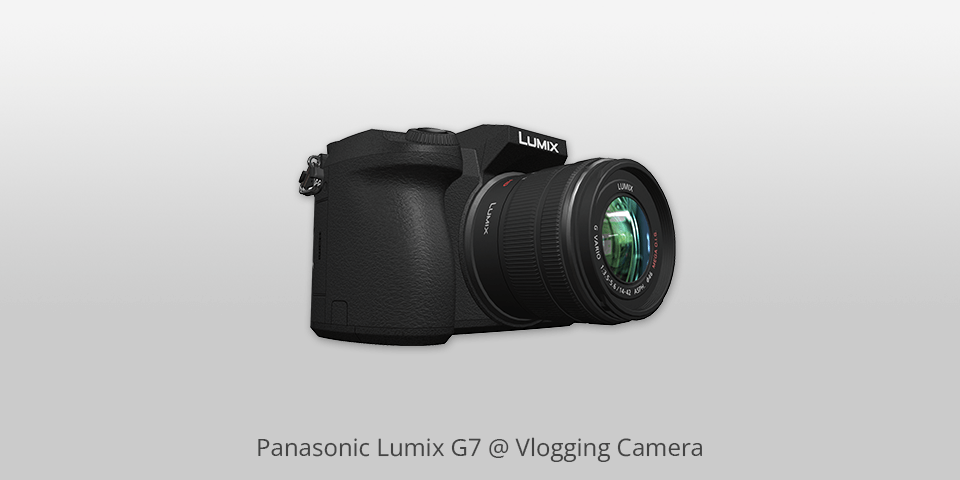
Type: Mirrorless | Max video resolution: 4K | AF points: 49 | Connectivity: Wi-Fi, Bluetooth, HDMI
Panasonic Lumix G7 is a compact vlogging camera that offers 4K video quality. This means that your videos will have stunning clarity and detail, which is always a plus for vloggers. The autofocus on this budget video camera is also excellent, ensuring that your footage will always be sharp and in focus.
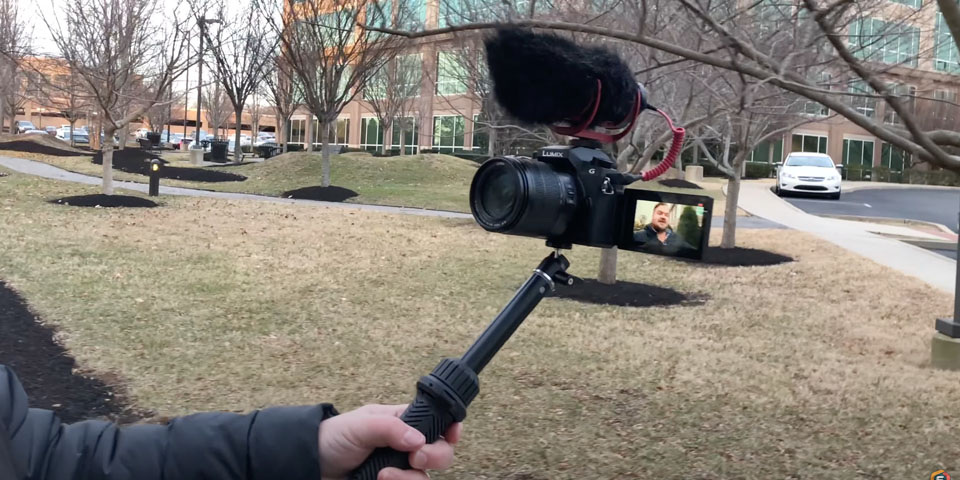
Another advantage is the microphone input and headphone jack. These features allow you to record high-quality audio, which is crucial for creating professional-looking vlogs. Plus, the articulating screen is a game-changer for vloggers, as it allows you to easily film yourself and engage with your audience.
However, there are a couple of disadvantages to consider. The kit lens that comes with the G7 is not ideal for vlogging, as its focal length is fairly narrow. This may limit your field of view and make it harder to capture wider shots.
Additionally, some users have reported issues with the camera's menu system, finding it a bit confusing to navigate at times.
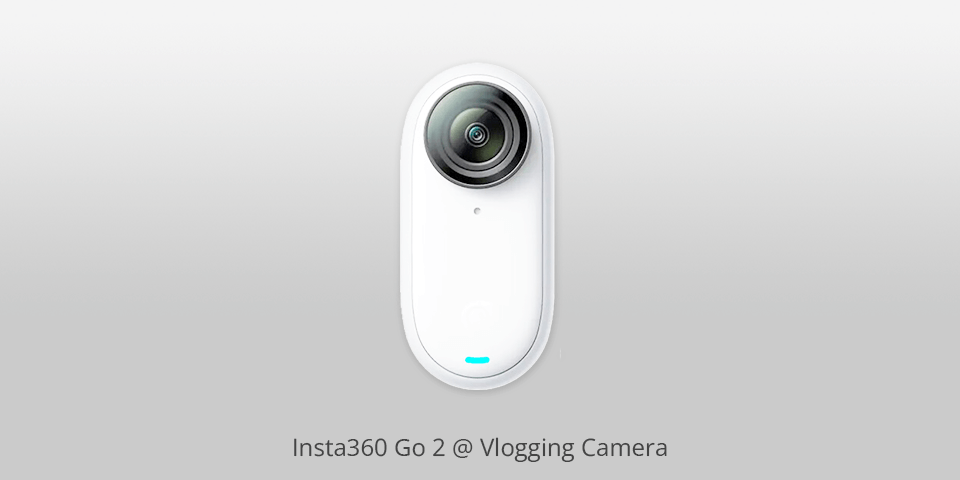
Type: Action | Max video resolution: 1440p | AF points: 32 | Connectivity: Wi-Fi
Insta360 Go 2 is definitely an interesting compact camera for vloggers like myself. One of the standout features for me is its unique immersive POV brief capability. It allows you to capture your surroundings in a really cool way, giving your viewers a more immersive experience.
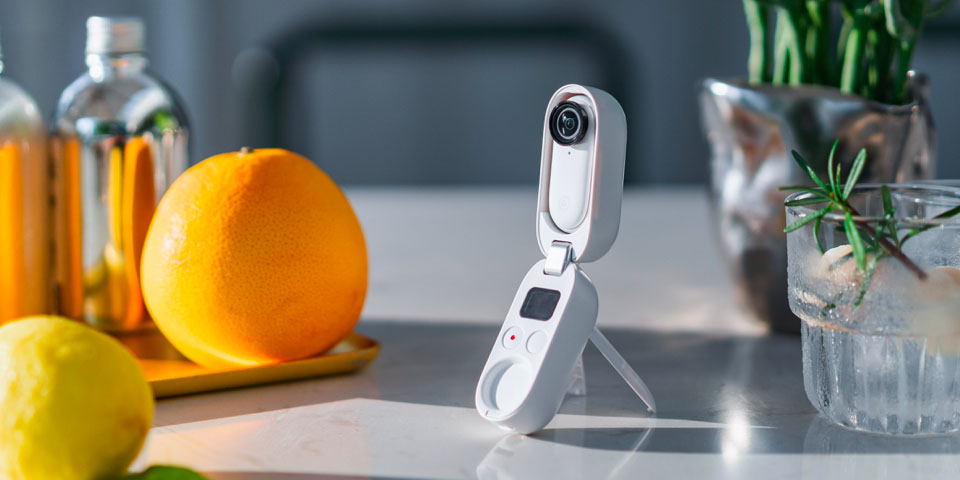
And let's not forget about its neat editing tricks. One of my favorites is the "horizon lock" stabilization, which keeps your footage steady and level even when you're on the move. Plus, the multipurpose charging case doubles as a mini tripod, giving you even more flexibility when it comes to shooting.
One thing to note is that while the Go 2 has improved in terms of video quality, it still doesn't quite match up to the top-of-the-range Insta360 One X. Additionally, while the app has improved since the last version, there may still be some occasional glitches or bugs that you might encounter.
| IMAGE | NAME | FEATURES | |
|---|---|---|---|

|
Panasonic Lumix GH5S
OUR CHOICE
|
CHECK PRICE → | |

|
Canon PowerShot G7 X Mark III
BUDGET
|
CHECK PRICE → | |

|
Nikon Z30
COMPACT
|
CHECK PRICE → |
Remember, don't get overwhelmed by all the technical stuff. Focus on finding a camera that's easy to use, has reliable autofocus, good video quality, image stabilization, and supports external microphones.
Ease of use. Trust me, as a beginner, you want something that's simple and straightforward. Look for a 4k video camera that you can easily hold and operate with just one hand. This will make your life so much easier when you're out and about filming your vlogs.
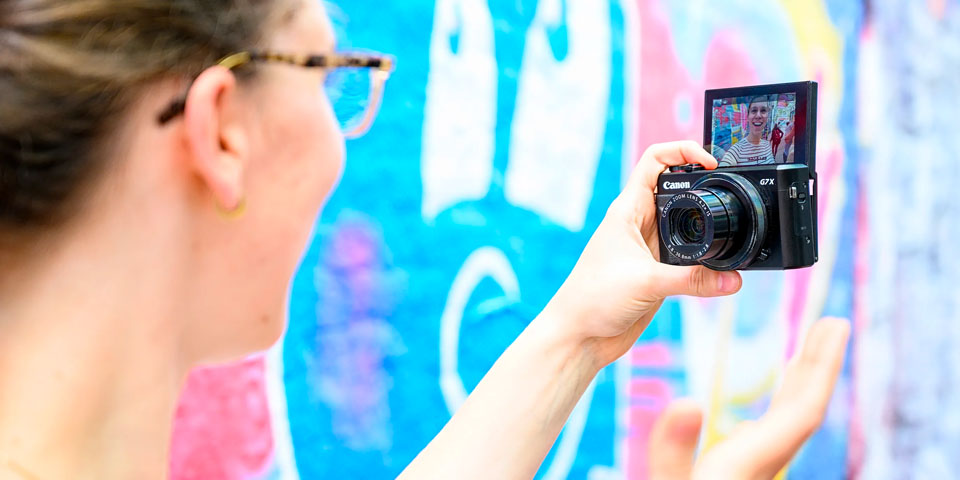
LCD screen. The LCD screen provides useful functions, such as a flip screen and a touchscreen for focusing manually. A flip screen helps to film yourself and control the process simultaneously. This makes the recording process much easier when you can raise your head and easily change focus while filming.
Autofocus. It's crucial to have a vlogging camera with reliable autofocus, especially when you're filming yourself. You want a camera that can quickly and accurately focus on your face or eyes, so you're always looking sharp and in focus. Some cameras even have dedicated eye or face-tracking modes, which can be a game-changer for beginners.
Video quality. You want to choose a budget camera for filmmaking that can record in at least 1080p (Full HD). But here's a little secret: more and more vloggers are opting for 4K resolution. It offers higher resolution and is more future-proof. Plus, it can really make your videos stand out and look more professional.
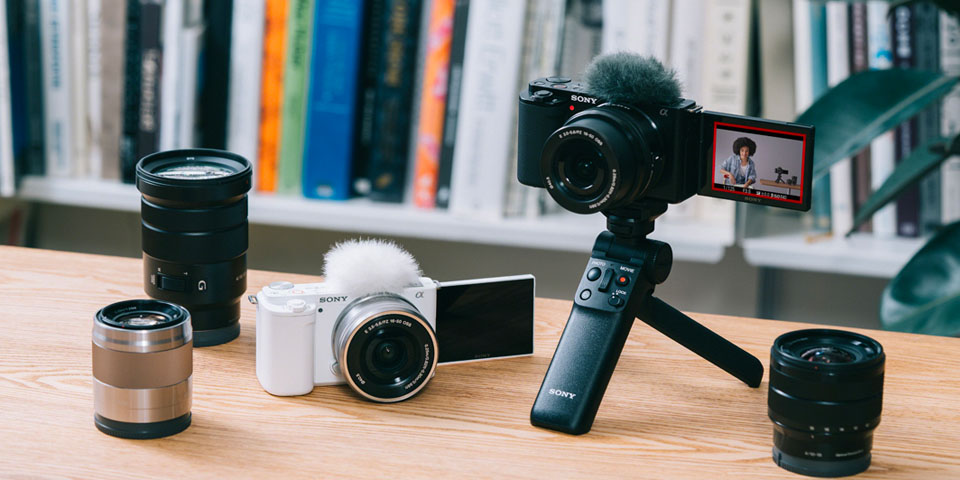
Image stabilization. As a beginner, you might not have the steadiest hands, and that's totally okay. Look for a vlog camera with built-in image stabilization. This will ensure that even if you're moving around or filming at arm's length, your footage will still come out smooth and professional-looking.
Modern vlogging cameras come equipped with various image stabilization technologies, such as optical image stabilization (OIS), digital image stabilization (DIS), and three-axis or five-axis gimbal stabilization systems. These technologies work to counteract the effects of hand movements and vibrations, ensuring that your videos remain smooth, steady, and visually pleasing.
Effective image stabilization not only enhances the overall production value of your vlogs but also reduces the need for additional stabilization equipment, saving you time and effort during shooting. It allows you to focus on your content and storytelling without being overly concerned about camera shake.
Audio. Good sound quality can make or break your vlogs. Look for a camera under $1000 that allows you to change manual audio levels while recording and supports external microphones. This will help you achieve better sound quality and make your videos more enjoyable to watch.
Weight. If you are a blogger, you know that a good camera for vlogging should be portable and small, so it is always possible to carry it with you and record videos on the move. Heavy and massive camera bodies are difficult to use all day long.